The World War I PortalWorld War I or the First World War (28 July 1914 – 11 November 1918) was a global conflict fought between two coalitions: the Allies and the Central Powers. Fighting took place throughout Europe, the Middle East, Africa, the Pacific, and parts of Asia. One of the deadliest wars in history, it resulted in an estimated 9 million soldiers dead and 23 million wounded, plus another 5 million civilian deaths from various causes. Millions more died as a result of genocide, and the war was a major factor in the 1918 Spanish flu pandemic. Increasing diplomatic tension between the European great powers reached a breaking point on 28 June 1914, when a Bosnian Serb named Gavrilo Princip assassinated Archduke Franz Ferdinand, heir to the Austro-Hungarian throne. Austria-Hungary held Serbia responsible, and declared war on 28 July. Russia came to Serbia's defence, and by 4 August, Germany, France, and Britain were drawn into the war, with the Ottoman Empire joining in November of that same year. Germany's strategy in 1914 was to first defeat France, then transfer forces to the Russian front. However, this failed, and by the end of 1914, the Western Front consisted of a continuous line of trenches stretching from the English Channel to Switzerland. The Eastern Front was more dynamic, but neither side could gain a decisive advantage, despite costly offensives. As the war expanded to more fronts, Bulgaria, Italy, Romania, Greece and others joined in from 1915 onward. (Full article...) Selected event –The Gallipoli campaign, the Dardanelles campaign, the Defense of Gallipoli or the Battle of Gallipoli (Turkish: Gelibolu Muharebesi, Çanakkale Muharebeleri or Çanakkale Savaşı) was a military campaign in the First World War on the Gallipoli peninsula (now Gelibolu) from 19 February 1915 to 9 January 1916. The Entente powers, Britain, France and the Russian Empire, sought to weaken the Ottoman Empire, one of the Central Powers, by taking control of the Ottoman straits. This would expose the Ottoman capital at Constantinople to bombardment by Entente battleships and cut it off from the Asian part of the empire. With the Ottoman Empire defeated, the Suez Canal would be safe and the Bosphorus and Dardanelles straits would be open to Entente supplies to the Black Sea and warm-water ports in Russia. In February 1915 the Entente fleet failed when it tried to force a passage through the Dardanelles. The naval action was followed by an amphibious landing on the Gallipoli peninsula in April 1915. In January 1916, after eight months' fighting, with approximately 250,000 casualties on each side, the land campaign was abandoned and the invasion force was withdrawn. It was a costly campaign for the Entente powers and the Ottoman Empire as well as for the sponsors of the expedition, especially the First Lord of the Admiralty (1911–1915), Winston Churchill. The campaign was considered a great Ottoman victory. In Turkey, it is regarded as a defining moment in the history of the state, a final surge in the defence of the motherland as the Ottoman Empire retreated. The struggle formed the basis for the Turkish War of Independence and the declaration of the Republic of Turkey eight years later, with Mustafa Kemal Atatürk, who rose to prominence as a commander at Gallipoli, as founder and president. The campaign is often considered to be the beginning of Australian and New Zealand national consciousness. The anniversary of the landings, 25 April, is known as Anzac Day, the most significant commemoration of military casualties and veterans in the two countries, surpassing Remembrance Day (Armistice Day). (Full article...)Selected equipment –The Paris Gun (German: Paris-Geschütz / Pariser Kanone) was the name given to a type of German long-range siege gun, several of which were used to bombard Paris during World War I. They were in service from March to August 1918. When the guns were first employed, Parisians believed they had been bombed by a high-altitude Zeppelin, as the sound of neither an airplane nor a gun could be heard. They were the largest pieces of artillery used during the war by barrel length, and qualify under the (later) formal definition of large-calibre artillery. Also called the "Kaiser Wilhelm Geschütz" ("Kaiser Wilhelm Gun"), they were often confused with Big Bertha, the German howitzer used against Belgian forts in the Battle of Liège in 1914; indeed, the French called them by this name as well. They were also confused with the smaller "Langer Max" (Long Max) cannon, from which they were derived. Although the famous Krupp-family artillery makers produced all these guns, the resemblance ended there. As military weapons, the Paris Guns were not a great success: the payload was small, the barrel required frequent replacement, and the guns' accuracy was good enough for only city-sized targets. The German objective was to build a psychological weapon to attack the morale of the Parisians, not to destroy the city itself. (Full article...)Selected quote"Our life here is truly hellish. Fortunately, my soldiers are very brave and tougher than the enemy. What is more, their private beliefs make it easier to carry out orders which send them to their death. They see only two supernatural outcomes: victory for the faith or martyrdom. Do you know what the second means? It is to go straight to heaven. There, the houris, God's most beautiful women, will meet them and will satisfy their desires for all eternity. What great happiness!"
Featured articles -Selected imagesSelected biography –Ferdinand Foch (/fɒʃ/ FOSH, French: [fɛʁdinɑ̃ fɔʃ]; 2 October 1851 – 20 March 1929) was a French general and military theorist who served as the Supreme Allied Commander during the First World War. An aggressive, even reckless commander at the First Marne, Flanders and Artois campaigns of 1914–1916, Foch became the Allied Commander-in-Chief in late March 1918 in the face of the all-out German spring offensive, which pushed the Allies back using fresh soldiers and new tactics that trenches could not withstand. He successfully coordinated the French, British and American efforts into a coherent whole, deftly handling his strategic reserves. He stopped the German offensive and launched a war-winning counterattack. In November 1918, Marshal Foch accepted the German cessation of hostilities and was present at the Armistice of 11 November 1918. At the outbreak of war in August 1914, Foch's XX Corps participated in the brief invasion of Germany before retreating in the face of a German counter-attack and successfully blocking the Germans short of Nancy. Ordered west to defend Paris, Foch's prestige soared as a result of the victory at the Marne, for which he was widely credited as a chief protagonist while commanding the French Ninth Army. He was then promoted again to assistant commander-in-chief for the Northern Zone, a role which evolved into command of Army Group North, and in which role he was required to cooperate with the British forces at Ypres and the Somme. At the end of 1916, partly owing to the disappointing results of the latter offensive and partly owing to wartime political rivalries, Foch was transferred to Italy. Foch was appointed "Commander-in-Chief of the Allied Armies" on 26 March 1918 following being the commander-in-chief of Western Front with the title Généralissime in 1918. He played a decisive role in halting a renewed German advance on Paris in the Second Battle of the Marne, after which he was promoted to Marshal of France. Addington says, "to a large extent the final Allied strategy which won the war on land in Western Europe in 1918 was Foch's alone." (Full article...)Did you know...?
Major topicsThings you can doFrom the World War I task force of the Military history WikiProject:
Categories World War I World War I by country Adriatic question Aftermath of World War I Allied intervention in the Russian Civil War Military awards and decorations of World War I World War I casualties Centenary of the outbreak of World War I World War I crimes Cultural history of World War I Economic history of World War I World War I espionage Events cancelled due to World War I First World War centenary Friendly fire incidents of World War I Historiography of World War I Home front during World War I Humanitarian aid organizations of World War I Intelligence of World War I World War I legislation World War I-related lists Military equipment of World War I Military animals of World War I Military medicine in World War I Military operations of World War I Military units and formations of World War I People of World War I Politics of World War I World War I propaganda Science and technology during World War I World War I sites Transport in World War I Works about World War I World War I stubs Related portalsAssociated WikimediaThe following Wikimedia Foundation sister projects provide more on this subject:
Discover Wikipedia using portals
|




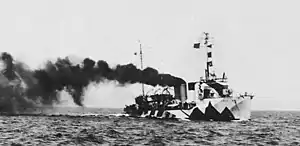









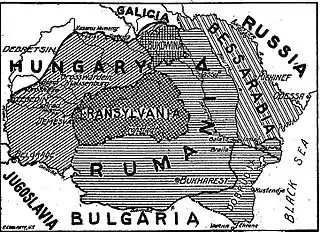
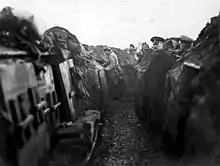
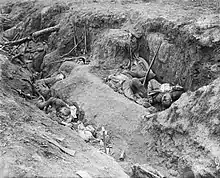
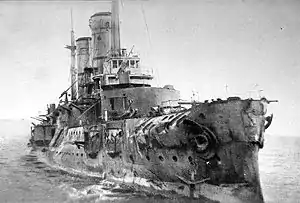



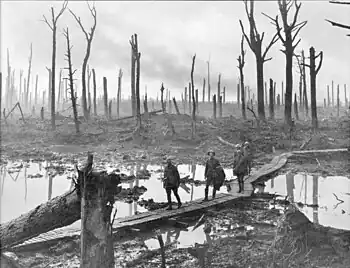



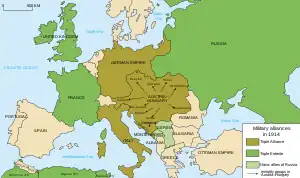






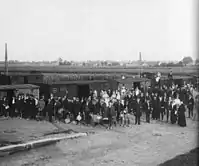

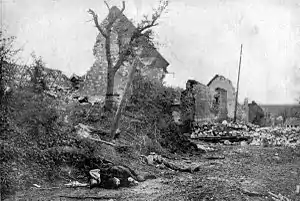
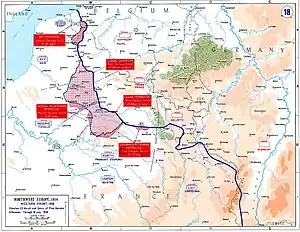


.jpg.webp)


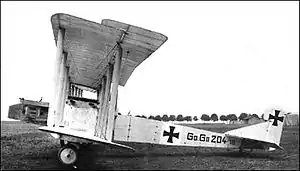

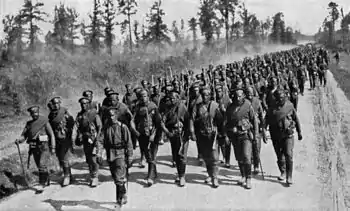
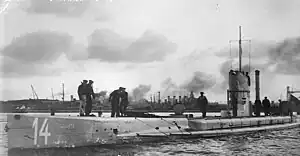











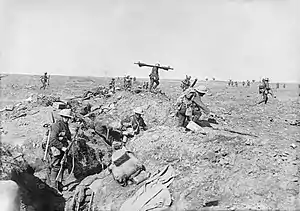
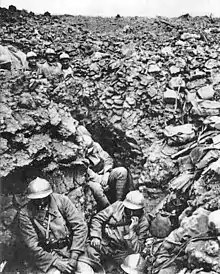
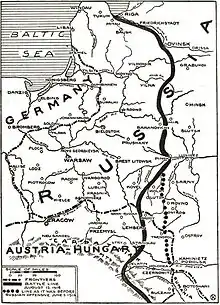
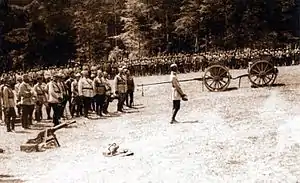


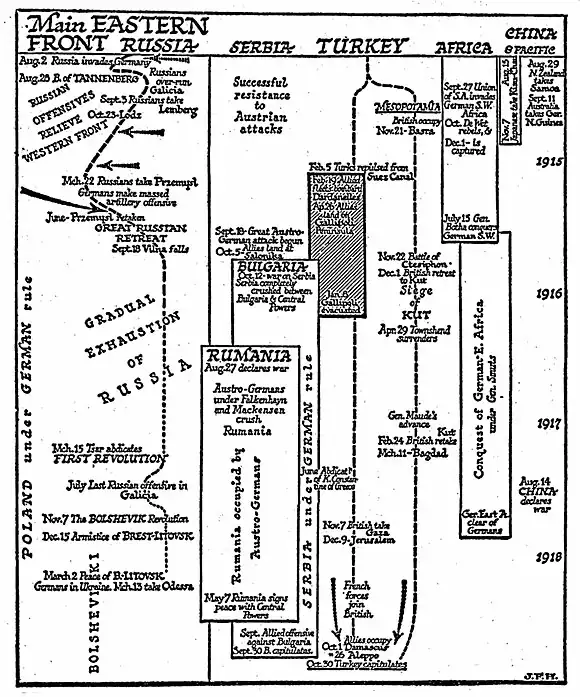


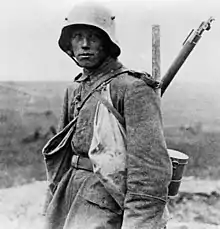
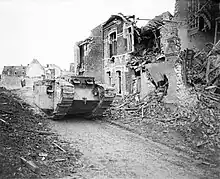
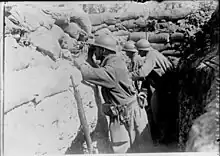
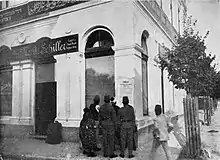


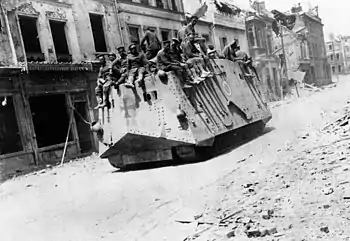
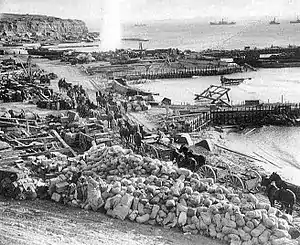
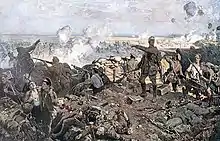
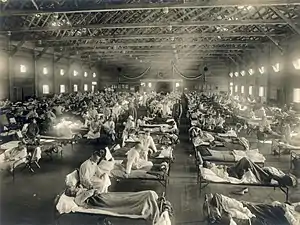

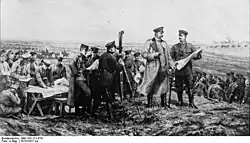
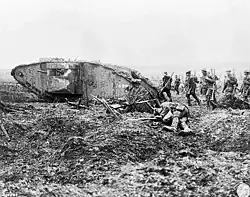

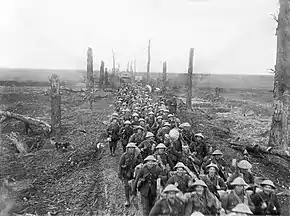
.jpg.webp)

.jpg.webp)

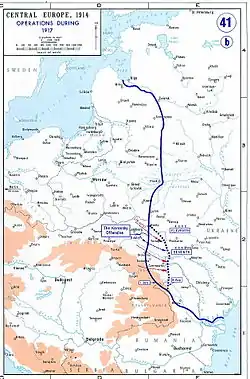
_after_the_1916_Easter_Rising.JPG.webp)

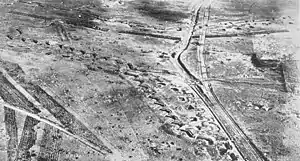



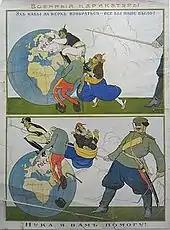

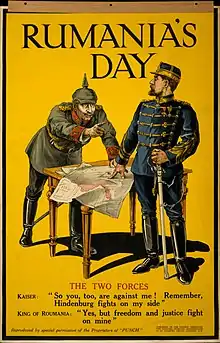


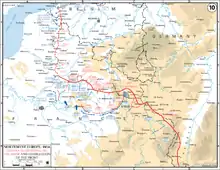

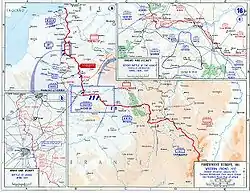
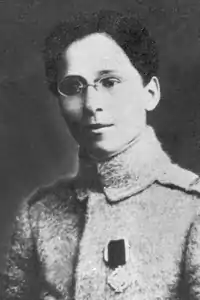


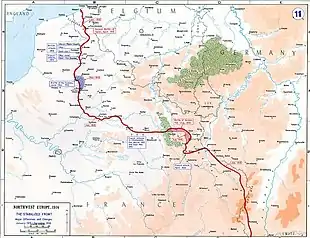
%252C_Bestanddeelnr_158-1095_(cropped).jpg.webp)